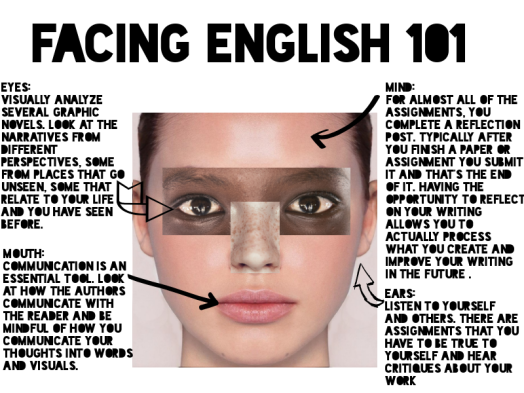 My life has never been prioritized by a particular sport or passion. So when reading this novel, I was astonished by how much skating consumed Tillie Walden’s everyday life. Let alone at such a young and impressionable age. So almost immediately, I knew that I wanted to map the novel’s depiction of her time spent skating. I wanted to visualize how often she was on the ice, and how often she was elsewhere. But, I immediately figured that the majority of her time “off the ice” would still be spent near the rink, so I wanted to include time spent near the rink in addition to time spent outside it.
My life has never been prioritized by a particular sport or passion. So when reading this novel, I was astonished by how much skating consumed Tillie Walden’s everyday life. Let alone at such a young and impressionable age. So almost immediately, I knew that I wanted to map the novel’s depiction of her time spent skating. I wanted to visualize how often she was on the ice, and how often she was elsewhere. But, I immediately figured that the majority of her time “off the ice” would still be spent near the rink, so I wanted to include time spent near the rink in addition to time spent outside it.
I decided to dummy code the variables: assigning each of them numerical values. I coded a “0” for time spent outside the ice rink (at school, at home, etc.). A “1” for time spent near the rink (locker room, benches, etc.). And a “2” for time spent on the ice (practicing or competing). So for each page where Tillie appeared skating, I recorded a “2,” and followed suit for the other two variables.
My first impression of the original data map was that it looked like a barcode. My second was being surprised by how little time was recorded outside the ice rink. I was also surprised to gather that the majority of the pages depicted Tillie near the rink, and not actually on the ice. I was most intrigued, however, by the gaps in the bar graph, which symbolized time spent outside the rink. In developing my final data map, I uncovered that nearly all of the novel’s major events took place during these periods, including: Tillie meeting Lindsay, Tillie spending the night with Rae, and Tillie coming out to her parents. Furthermore, it seemed that each of these moments symbolized key developmental stages in Tillie’s life. Nearly every positive interaction within the novel took place outside the ice rink. Meanwhile, events that occurred on and around the ice largely consisted of ruminations, frustrations, and negligible banter.
These quantitative and qualitative findings led me to conclude that Spinning is not really about skating, but about stages of growth in adolescent life. Among the most important of these stages being a struggle to discover, accept, and embrace one’s identity. I have gathered that Tillie’s confinement to the ice rink was more or less a metaphor for her inability to embrace her homosexual identity.
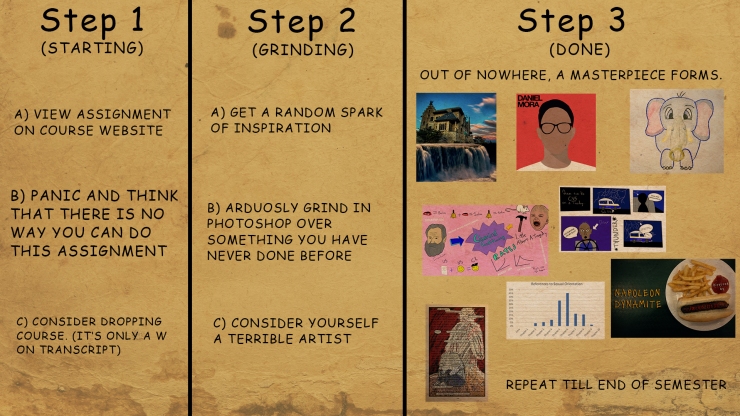


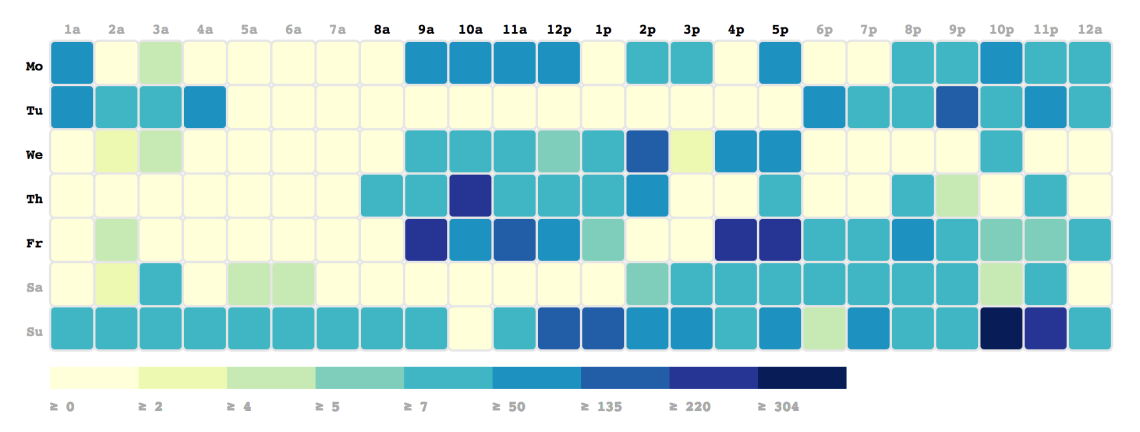
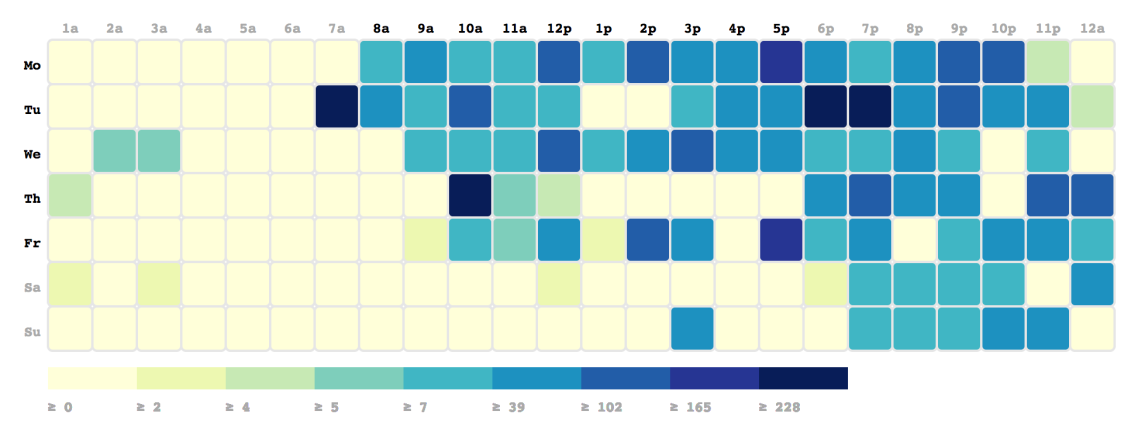
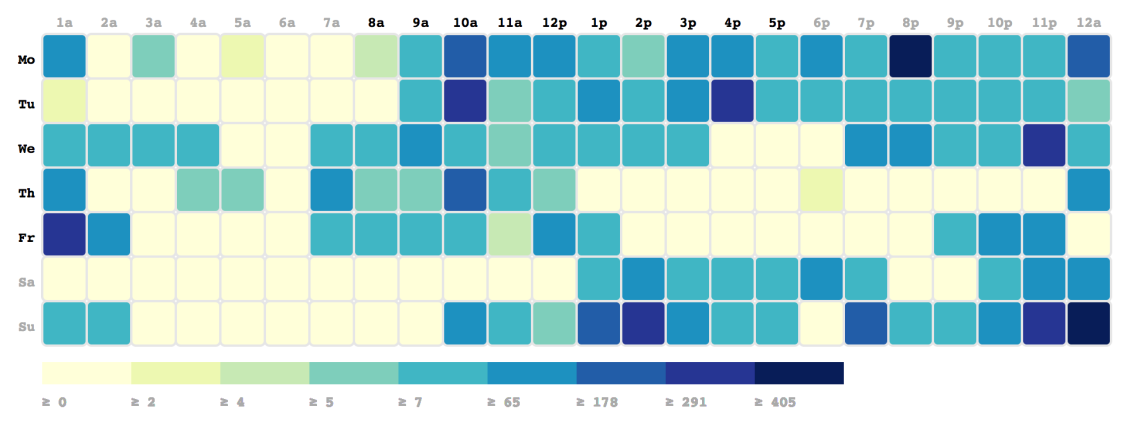
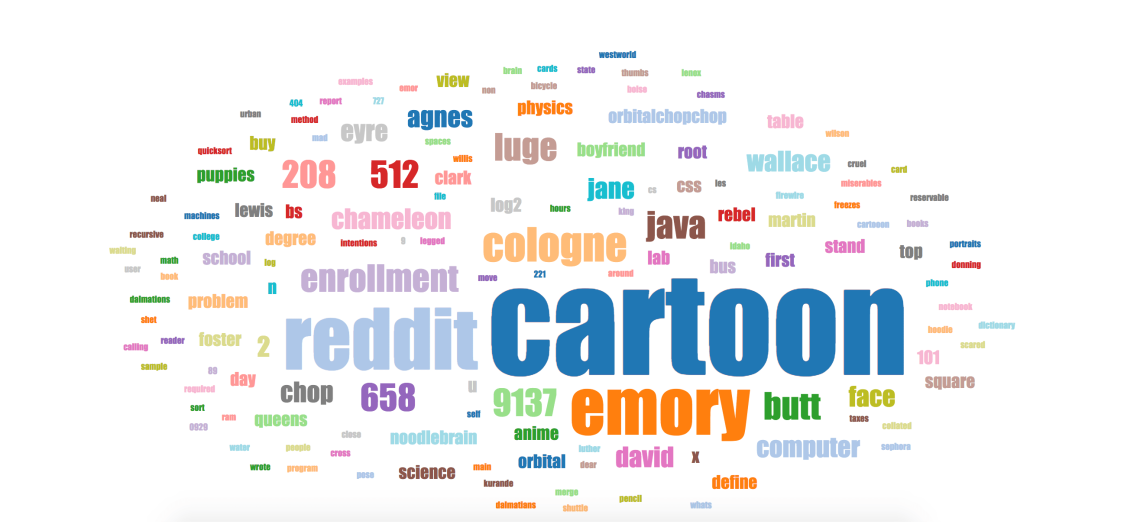
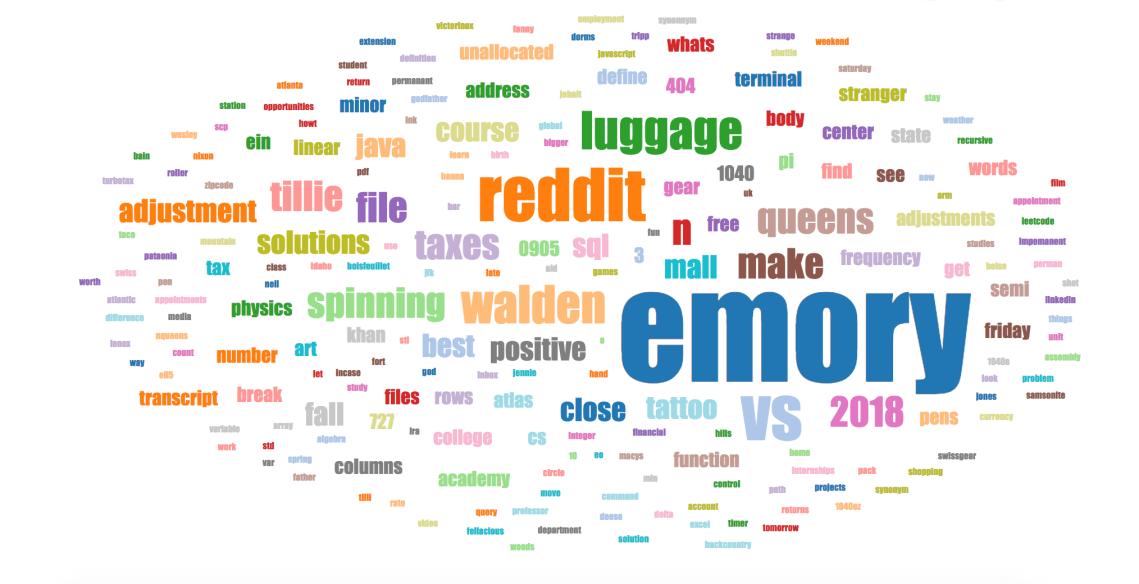
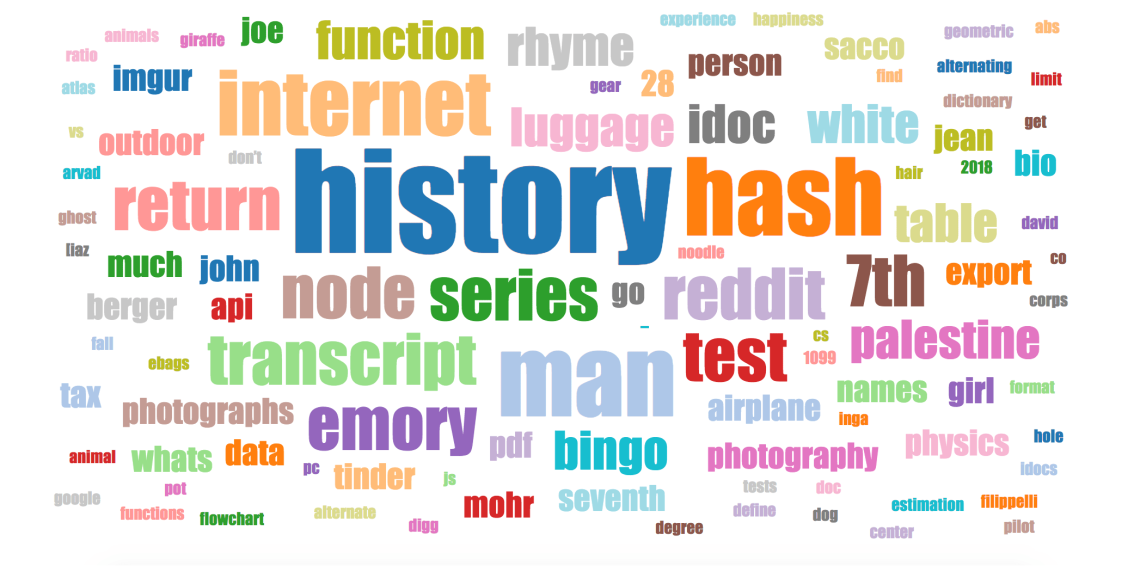
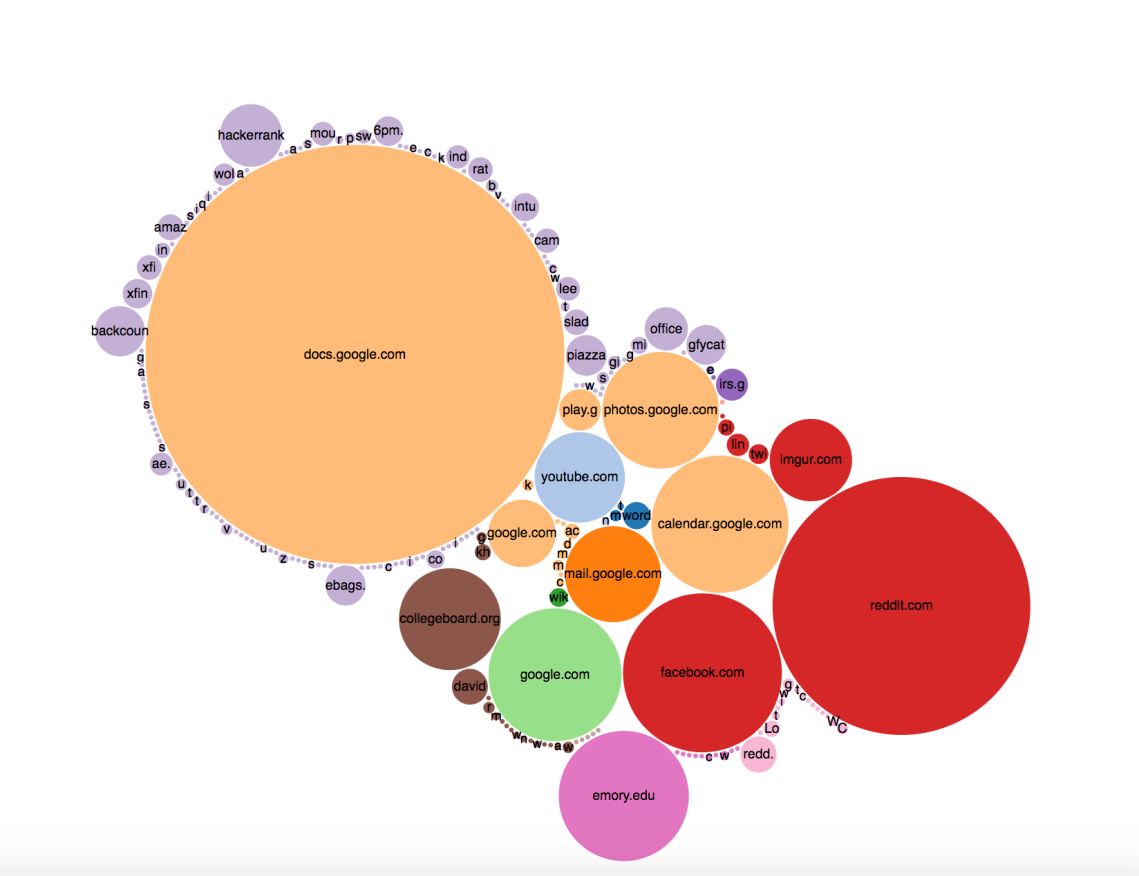
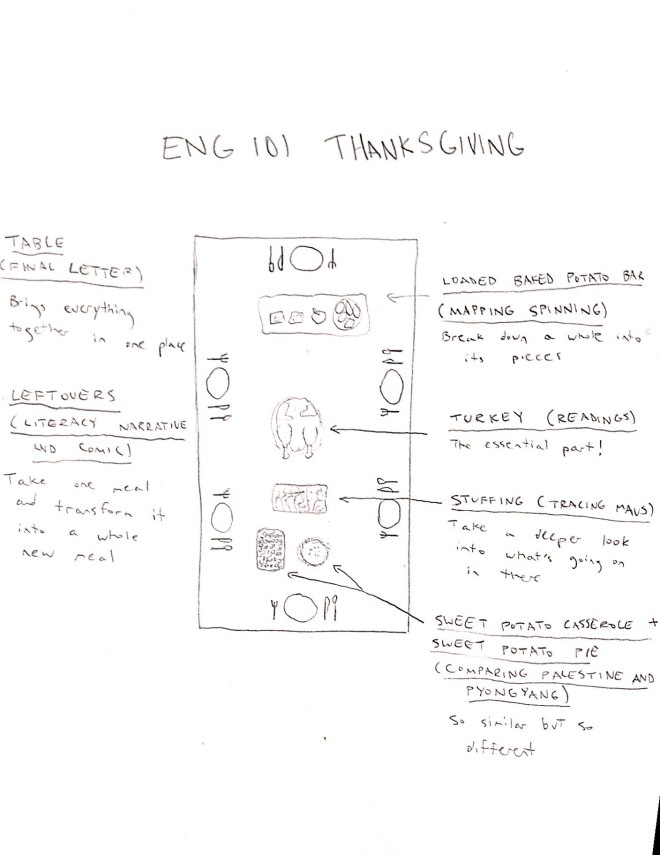
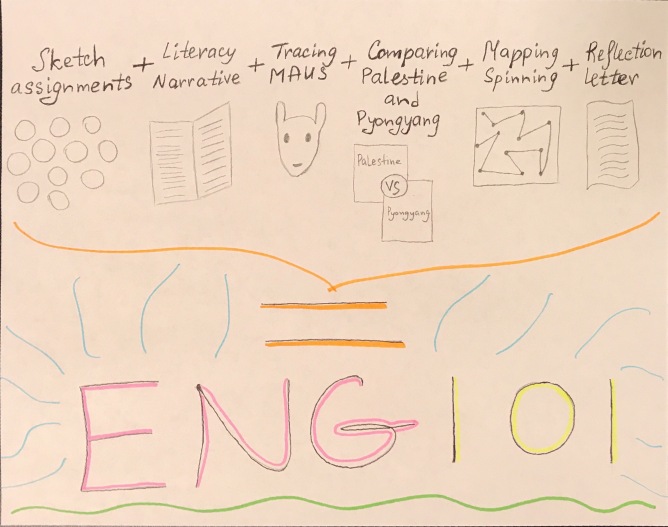
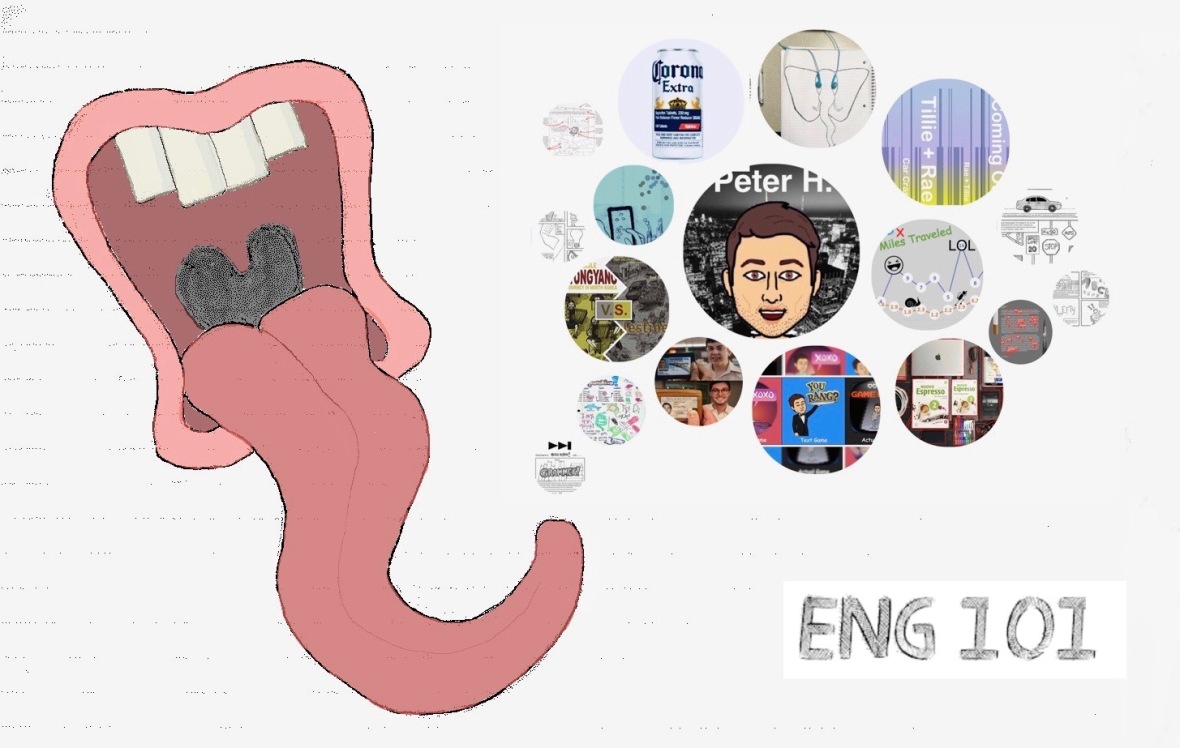
 My life has never been prioritized by a particular sport or passion. So when reading this novel, I was astonished by how much skating consumed Tillie Walden’s everyday life. Let alone at such a young and impressionable age. So almost immediately, I knew that I wanted to map the novel’s depiction of her time spent skating. I wanted to visualize how often she was on the ice, and how often she was elsewhere. But, I immediately figured that the majority of her time “off the ice” would still be spent near the rink, so I wanted to include time spent near the rink in addition to time spent outside it.
My life has never been prioritized by a particular sport or passion. So when reading this novel, I was astonished by how much skating consumed Tillie Walden’s everyday life. Let alone at such a young and impressionable age. So almost immediately, I knew that I wanted to map the novel’s depiction of her time spent skating. I wanted to visualize how often she was on the ice, and how often she was elsewhere. But, I immediately figured that the majority of her time “off the ice” would still be spent near the rink, so I wanted to include time spent near the rink in addition to time spent outside it.